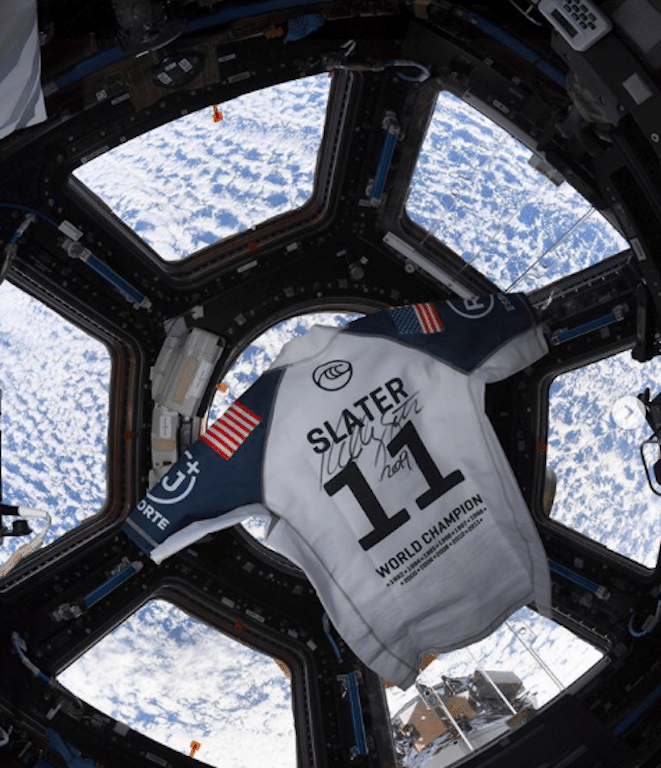Science don't lie!
Some things in life sit beyond the tangible.
Not everything can be quantified. Nor should it be.
Why is the sky blue?
Why is water wet?
How does Chris Coté have such a hot wife?
Ageless questions that don’t always need an answer.
The Japanese have a word for the beauty inherent in these existential quandaries the world throws at us: yugen. There’s no direct English translation, but it’s best described as ‘an awareness of the universe that sits beyond words.’
The place beyond knowing.
As it relates to surfing, scientists shouldn’t be able to explain whether or not the sight of Tomas Hermes gesticulating wildly following a two foot close out re-entry will earn him the extra .1 needed to progress through to the non-elimination round.
They should be happy to just let it happen, with the reason for its effectiveness sitting someplace in the outerknown.
Yet, convinced claiming post-facto does matter and that they do influence judges, four German academics investigated “whether claims (postperformance nonverbal emotional expressions) influence people in evaluating performance during surf contests.
“To test this research question we sampled videos from professional surf contests and asked laypeople and surf judges to evaluate the performance in two online experiments.
A subset of the surfing performances showed surfers displaying post-performance emotional expressions (claims) whereas another subset showed the same performances without the claims (nonverbal celebration).”
It goes on.
“Both experiments provided evidence that both laypeople and surf judges were biased by claims in judging surfing performances with claims better than performances without claims. The findings are in line with social-cognitive models emphasizing the social consequences of emotion expressions. We discuss the implications of the findings for sport competitions that rely on judging sport performance.”
I’ll repeat that again, for effect.
Both experiments provided evidence that both laypeople and surf judges were biased by claims in judging surfing performances with claims better than performances without claims.
Illusions shattered! Claims do quantifiably work!
But what does this mean?
Now that their magic has been uncovered and the true effect of the claim has been documented with scientific rigour, should they be banned as an unfair advantage?
Filed under ‘unsportsmanlike conduct’?
Is this the death of the claim?
Slater famously called for donations to be made for any claim on a score lower than a nine, $1000 per point.
Would this be fairer?
Or should they be left alone as an endearing historical quirk?
Like spitting on the bride at Greek weddings, or befriending kneeboarders?
So much to unpack.







